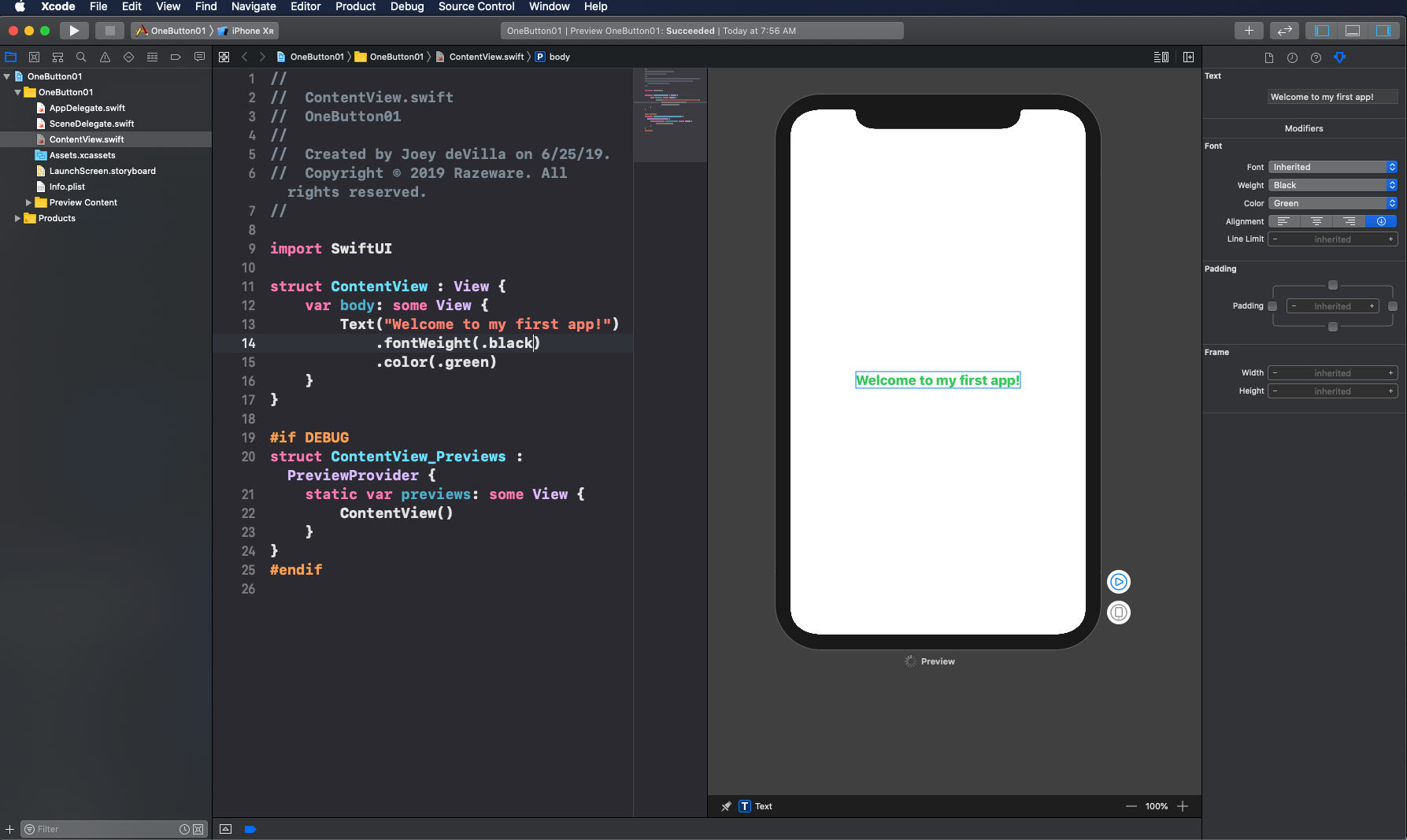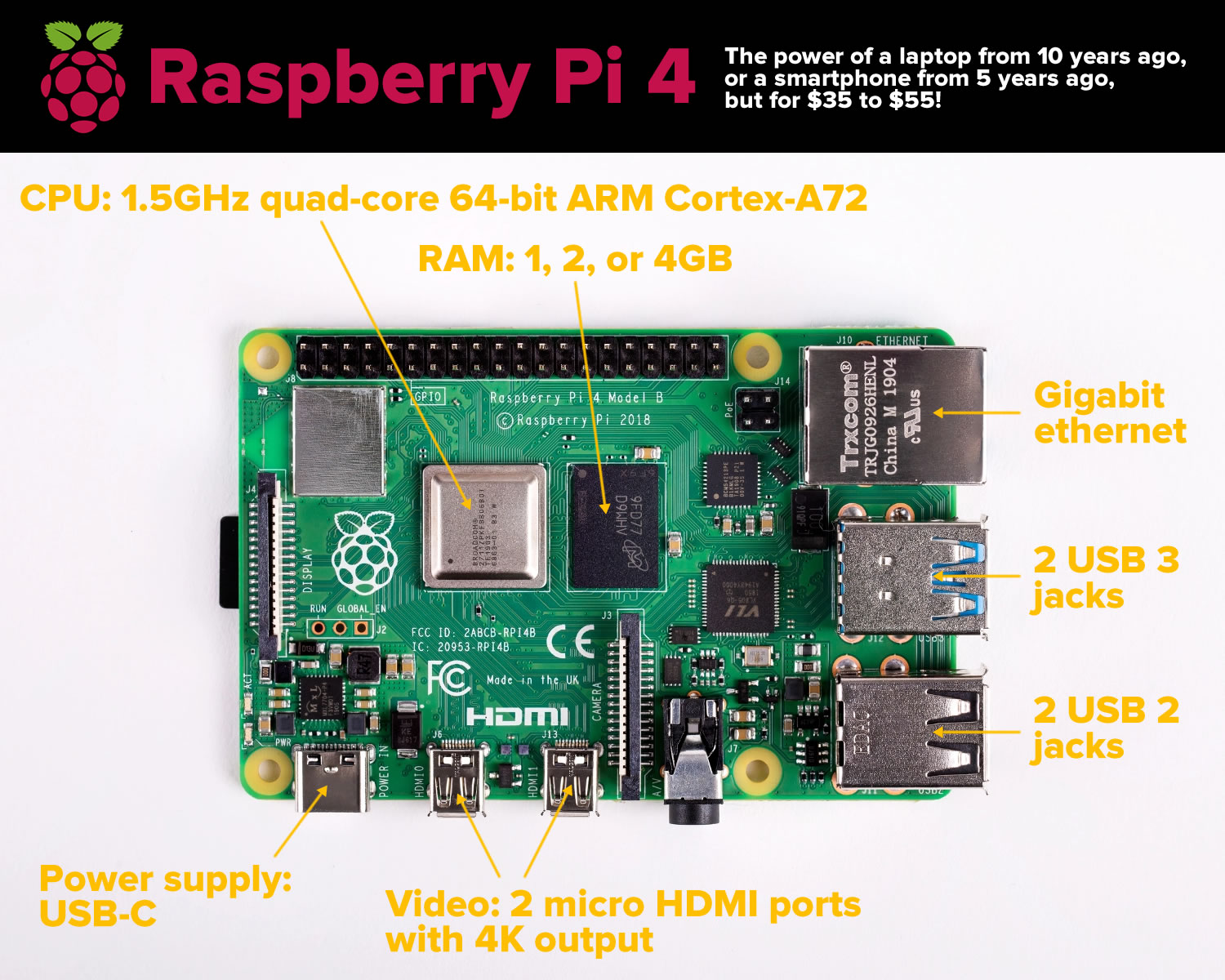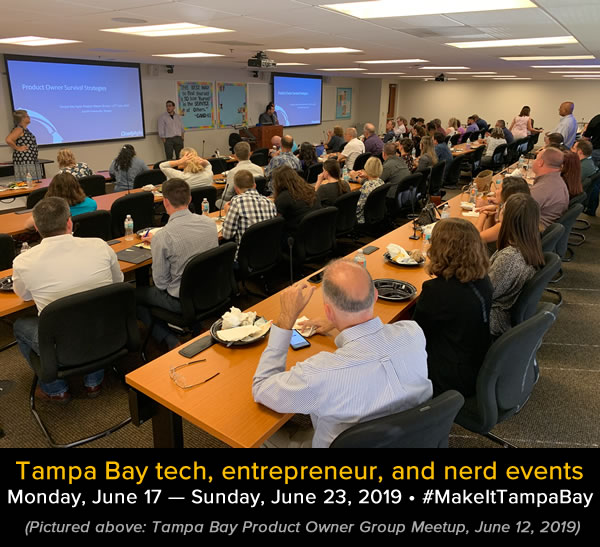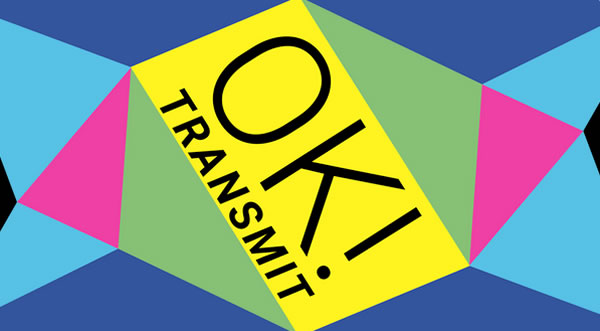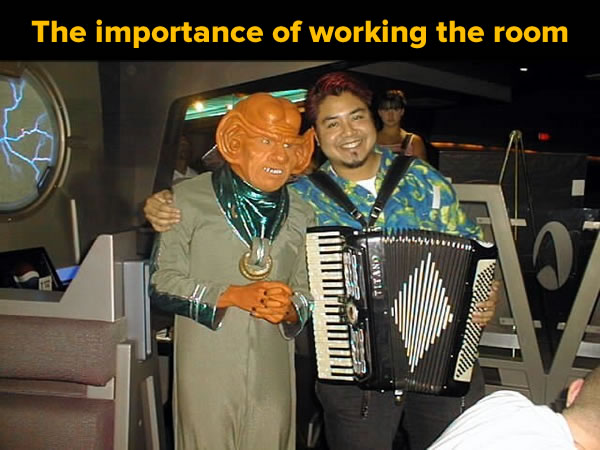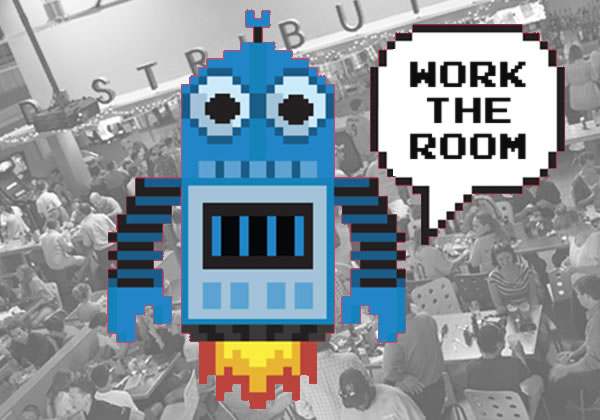A screenshot of the “Hello, World!” app in the book. Click to see at full size.
I’m racing to finish the first section of an upcoming book on programming for the next version of iOS, so I’m deep in beta-land with:
- Developer beta 2 of macOS 10.15, a.k.a. “Catalina”
- Developer beta 2 of iOS 13
- Developer beta 2 of Xcode 11
…and while I’ve run into the occasional quirk or bug (and one crash), I’ve generally been able to go about my work. Aside from the software listed above, I haven’t been using much too many other apps on the machine running the Catalina beta — it’s mostly been:
- Safari and Firefox for browsing
- MacDown for writing the book in Markdown
- git and gitHub Desktop for checking in revisions
- Visual Studio Code for occasional text editing
- Slack for keeping in touch with the rest of the team
All these applications seem to run fine under Catalina.
If you’re curious to find out more about the upcoming macOS Catalina, you should read Daniel Eran Dilger’s writeup in AppleInsider, where he provides an in-depth overview of the just-released public beta.
If you’re tempted to dive in and get the public beta for a machine that you rely on to get things done, he provides this warning. I’m quoting it here, because it can’t be said enough:
And now: a warning!
Note that most users should not download a Public Beta! This is especially the case for anyone who would have their life or work inconvenienced by having to track down complex problems, potentially including hardware that won’t boot or a full restore from a backup. That in itself can take hours to perform, particularly in our modern age where you likely have 100 GB or more of photos alone.
It’s not just that the Catalina Public Beta could have some wild bugs hiding in there as it develops—in our modern age of cloud-connected everything, even a minor bug could trigger a chain of events that might end up corrupting your Keychain passwords, duplicating contact records, borking your HomeKit configuration, or erasing pictures you expect to be synced to iCloud.
Let me emphasize this one more time: you don’t just need a solid backup before you install a Public Beta; you need the flexibility of hours of free time to sort out any problems that might result from using early beta software!
…
Tread cautiously, and don’t blame the beta for being beta—you’ve been warned!
Writing the programming book requires me to use these not-quite-ready-for-prime-time operating systems, and even then, I’m doing it on an older spare Mac, and not the only I rely on for my day-to-day stuff. If you really have to get your hands on an early version of Catalina, make sure you’ve backed up everything you’d miss if the OS suddenly made it disappear, and if possible, try it out on a backup machine.
If you’ve gotten this far and are still undeterred by the risks, you’ll want to check out this article on The Verge: How to download the iOS 13, iPadOS, macOS Catalina, and tvOS 13 public betas.
